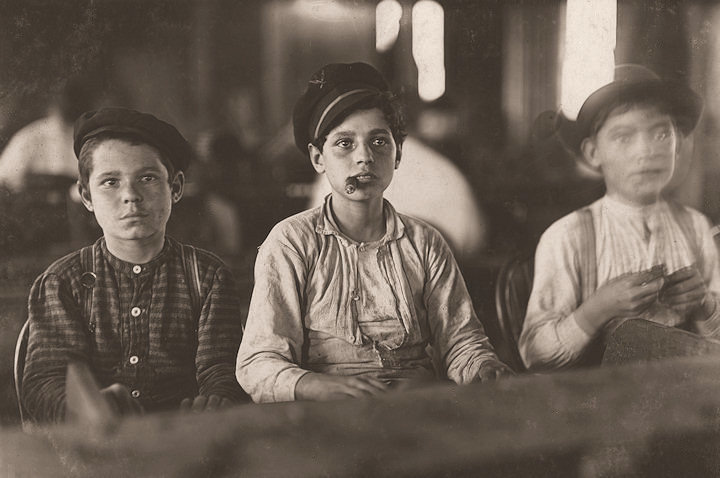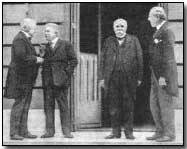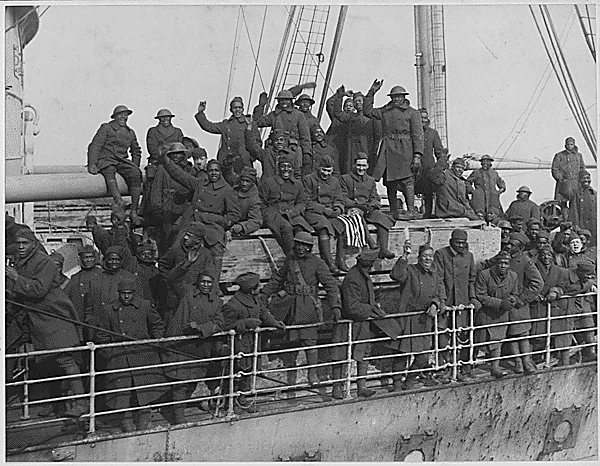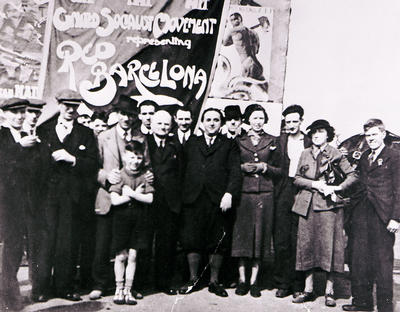This here is a document from Woodrow Wilson giving an ultimatum to the German Government. This document is dated April 18, 1916. Germany’s policy of unrestricted submarine warfare led the the sinking of the Sussex, a merchant ship traveling on the English Channel. Germany would later withdraw their policy and would warn vessels first before sinking them. But in 1917, Germany would reinsert this policy, thus breaking off diplomatic relations between the U.S and Germany.
http://www.firstworldwar.com/source/uboat1916_usultimatum.htm









